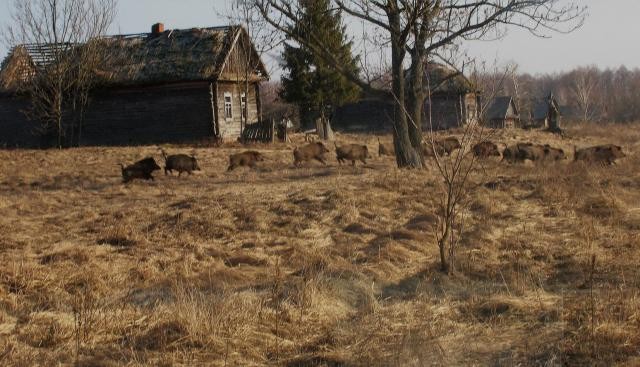Nearly three decades after the disaster that happened at the Chernobyl Nuclear Power Plant that released toxic particles into the surrounding area, it appears that nature is slowly regaining the disaster zone. Reports claim that the area is now teeming with various wild animals like different species of deer, boars, elks and wolves.
According to The Guardian, the Belarusian side of the Chernobyl exclusion zone now shows signs of life. The situation in that zone is almost the same with at least four nearby uncontaminated nature reserves.
A new study published on Oct. 5 claims that wolves started to increase in numbers in the exclusion zone and are now seven times as abundant compared to those in the uncontaminated reserves. In the past, wolves are being hunted in the region due to their impact and threat to livestock.
The recent study disproves previously released hypothesis claiming that long-term exposure to radiation has a major impact in animal population.
University of Portsmouth professor of environmental science and one of the proponents of the study Prof. Jim Smith said in a statement, "What we do, our everyday habitation of an area, agriculture, forestry - they've damaged wildlife more than the world's worst nuclear accidents. It doesn't say that nuclear accidents aren't bad, of course they are. But it illustrates that the things we do every day, the human population pressure, damages the environment."
The result of the study was posted on the Cell website.
Experts on the matter interpret Prof. Smith's statement means that humans and their everyday practices pose a far greater threat to wildlife ecosystem than the worst nuclear disaster in history.
The explosion of Chernobyl's fourth reactor on April 26, 1986 killed dozens of plant staff and rescue workers. The explosion exposed the whole area to toxic radiation which affected animal health and reproduction.



























